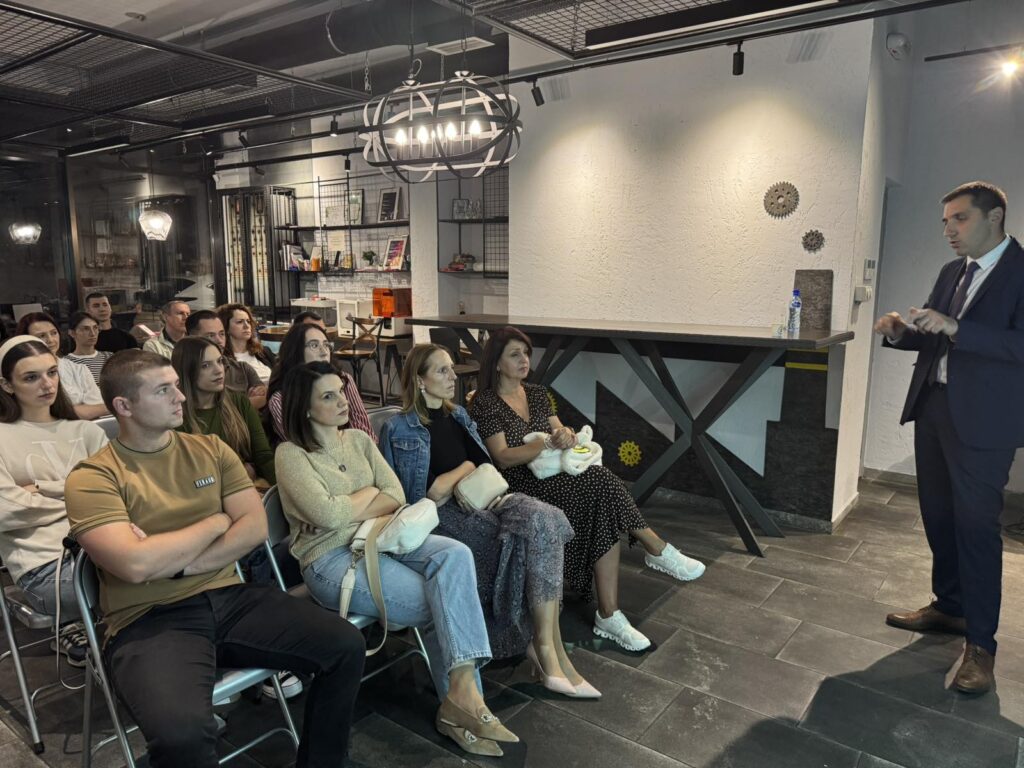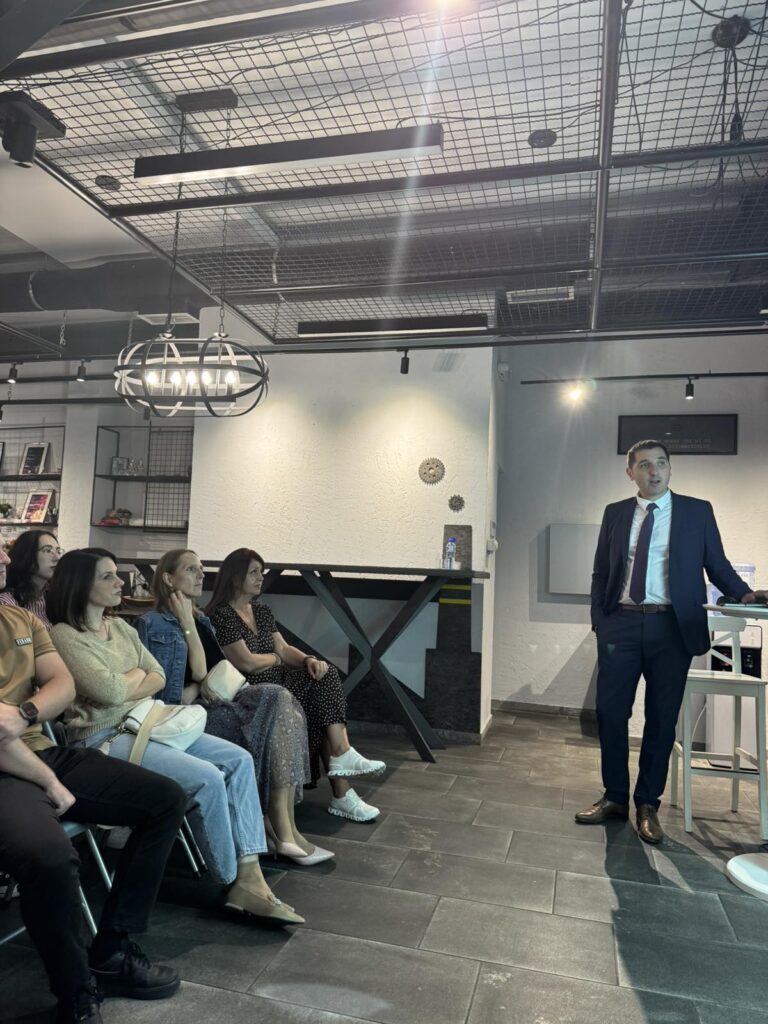The future of healthcare was the central theme at a packed meetup held last week at Digitalna Fabrika in Podgorica (Montenegro), where tech enthusiasts, developers, and medical professionals gathered to explore the transformative impact of artificial intelligence (AI). The event provided a comprehensive overview of how AI is rapidly moving from the realm of research into daily clinical practice, promising to enhance diagnostic accuracy, streamline workflows, and ultimately improve patient care.

What technologies enhance clinicians’ capabilities?
The presentation methodically guided attendees through the core pillars of modern medical AI, starting with the technologies that are augmenting the senses of clinicians.
What is the role of computer vision in medicine?
First on the agenda was computer vision, a field of AI that grants machines the ability to interpret and analyze medical images. The speaker, CEO of ITAS, detailed how this technology acts as a crucial “second pair of eyes” for doctors, particularly in visually intensive fields like radiology and pathology.
Core tasks of computer vision:
- Classification – determines if an anomaly exists on a scan.
- Detection – pinpoints its exact location.
- Segmentation – precisely maps the boundaries of a tumor or lesion.
Concrete examples, such as AI’s proven ability to spot signs of skin cancer with accuracy comparable to experienced dermatologists, underscored the technology’s immediate value.
How do Large Language Models (LLMs) assist in medicine?
The discussion then shifted from AI’s “eyes” to its “brain,” focusing on the role of Large Language Models (LLMs). Described as “cognitive assistants,” LLMs are poised to tackle one of the biggest challenges in modern medicine: administrative burden and information overload.
LLMs in practice:
- Automating Clinical Documentation – transcribing doctor-patient conversations into structured notes in real-time.
- Decision Support – summarizing the latest medical research in seconds to help medical professionals make evidence-based choices.
How is the reliability of medical AI ensured?
A particularly compelling segment of the talk addressed the critical issue of trust and reliability in medical AI. The presenter introduced Retrieval-Augmented Generation (RAG) as a key technology for ensuring AI’s outputs are accurate and verifiable. Unlike standard LLMs that can “hallucinate” or invent information, a RAG system first retrieves relevant facts from a secure, up-to-date knowledge base—such as recent clinical trial results or internal hospital protocols. Only then does it generate an answer, grounding its response in verified data. This approach, it was argued, is essential for deploying AI responsibly in high-stakes medical environments.
What is the role of AI in collaboration with human experts?
The event concluded with a lively Q&A session, reflecting a strong local interest in harnessing these global technological trends. The key message from the evening was one of collaboration, not replacement. As one attendee noted, “The goal isn’t for AI to replace doctors, but to free them to do what they do best: care for patients.” The meetup at Digitalna Fabrika successfully highlighted a future where the synergy between human expertise and artificial intelligence leads to a more precise, efficient, and accessible healthcare system for all.

